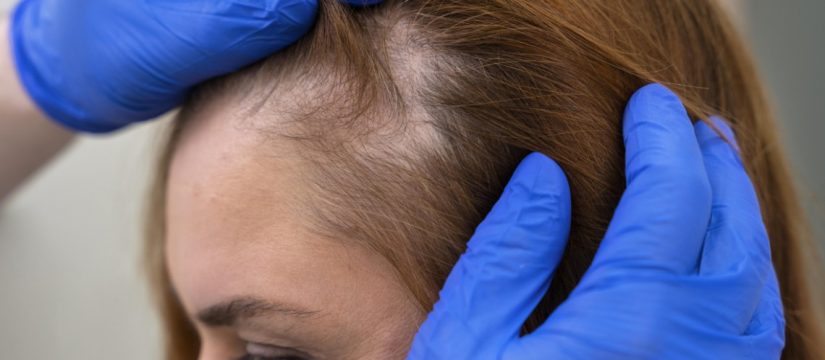Fake Orthodontic Braces

The concept of fake orthodontic braces, often referred to as “fake braces” or “aesthetic braces,” has garnered significant attention in recent years, particularly among individuals seeking to mimic the look of orthodontic treatment without the actual need for it. These are not medically prescribed devices but rather fashion accessories or novelty items designed to resemble real orthodontic braces. The appeal of such items can vary widely, from aesthetic preferences to social statements, but it’s crucial to approach this trend with a clear understanding of its implications and potential risks.
Historical Context: Evolution of Orthodontic Braces
To delve into the phenomenon of fake braces, it’s useful to first consider the evolution of orthodontic braces themselves. Orthodontic treatment has a long history, dating back to ancient civilizations where archaeological findings have shown evidence of crude attempts to straighten teeth. However, modern orthodontics began to take shape in the late 18th and early 19th centuries with the development of more sophisticated appliances. Over the years, orthodontic braces have evolved significantly, from the early use of gold and ivory to the current array of materials including stainless steel, ceramics, and plastic. The advancements in orthodontic technology have made braces more comfortable, efficient, and aesthetically pleasing.
The Rise of Fake Braces: Aesthetic and Social Factors
The popularity of fake orthodontic braces can be attributed to various factors, including aesthetic appeal, social media influence, and the desire for a unique or bold fashion statement. In some cultures, wearing fake braces has become a fashion trend, symbolizing wealth or status, as the real braces are often expensive and not accessible to everyone. Social media platforms have played a significant role in the proliferation of this trend, with many influencers and celebrities showcasing their fake braces, thereby normalizing and glamorizing the practice.
Health Risks and Concerns
While fake braces might seem like a harmless fashion accessory, they pose significant health risks. Since these are not designed with medical-grade materials or under the supervision of dental professionals, they can cause damage to the teeth and gums. The materials used for fake braces can lead to tooth decay, gum irritation, or even tooth loss if they are not properly cleaned or if they causes friction against the teeth and gums. Moreover, the improper application or removal of fake braces can result in damage to the tooth enamel or gum tissue.
Legal and Ethical Considerations
The sale and distribution of fake orthodontic braces raise several legal and ethical concerns. In many jurisdictions, the manufacture and sale of dental devices, including orthodontic braces, are strictly regulated. Companies or individuals selling fake braces may be operating outside of these regulations, potentially endangering consumers. Ethically, the marketing of fake braces as a cosmetic solution without emphasizing the potential health risks can be seen as deceptive and irresponsible.
Market Dynamics and Consumer Behavior
Understanding the market for fake orthodontic braces involves analyzing consumer behavior and the dynamics of supply and demand. The demand for fake braces is often driven by young individuals seeking to follow the latest trends. Suppliers, in turn, capitalize on this demand by manufacturing and marketing fake braces, often through online platforms. The lack of regulation in this market can lead to a wide range of products with varying qualities and safety standards.
Expert Insights: A Dentist’s Perspective
Dentists and orthodontists generally advise against the use of fake braces due to the potential health risks and the lack of medical supervision. They emphasize the importance of proper dental care and the need for orthodontic treatment to be prescribed and monitored by a qualified professional. Real orthodontic treatment not only corrects dental misalignments but also improves oral health and overall well-being, benefits that fake braces cannot provide.
Decision Framework for Consumers
For individuals considering fake orthodontic braces, it’s essential to weigh the potential benefits against the risks. A decision framework might include:
- Understanding the Risks: Be aware of the health risks associated with fake braces, including potential damage to teeth and gums.
- Assessing Aesthetic Needs: Consider whether the aesthetic appeal of fake braces outweighs the potential health risks.
- Exploring Alternatives: Look into safer, medically supervised alternatives for achieving desired aesthetic outcomes, such as cosmetic dentistry procedures.
- Consulting Professionals: Seek advice from dental professionals to understand the implications and potential consequences of wearing fake braces.
Future Trends and Implications
As with any fashion trend, the popularity of fake orthodontic braces may wax and wane. However, the implications of this trend extend beyond the realm of fashion, touching on issues of health, ethics, and consumer protection. Future trends may see a shift towards safer, more regulated alternatives that balance aesthetic desires with health considerations. The evolution of orthodontic technology and cosmetic dentistry may also offer new solutions that make the need for fake braces obsolete.
Conclusion
Fake orthodontic braces represent a complex issue, intertwining aspects of fashion, health, legality, and ethics. While they may serve as a temporary fashion statement for some, the potential health risks and ethical considerations cannot be overlooked. As with any health-related decision, it’s crucial for individuals to be well-informed and to prioritize their health and well-being over transient trends.
Are fake orthodontic braces safe to wear?
+No, fake orthodontic braces are not considered safe. They can cause damage to the teeth and gums, lead to tooth decay, and may result in other oral health issues due to improper materials and application.
Why do people wear fake orthodontic braces?
+People wear fake orthodontic braces primarily for aesthetic reasons, as a fashion statement or to follow a trend. In some cases, it may also be seen as a status symbol in certain cultures.
